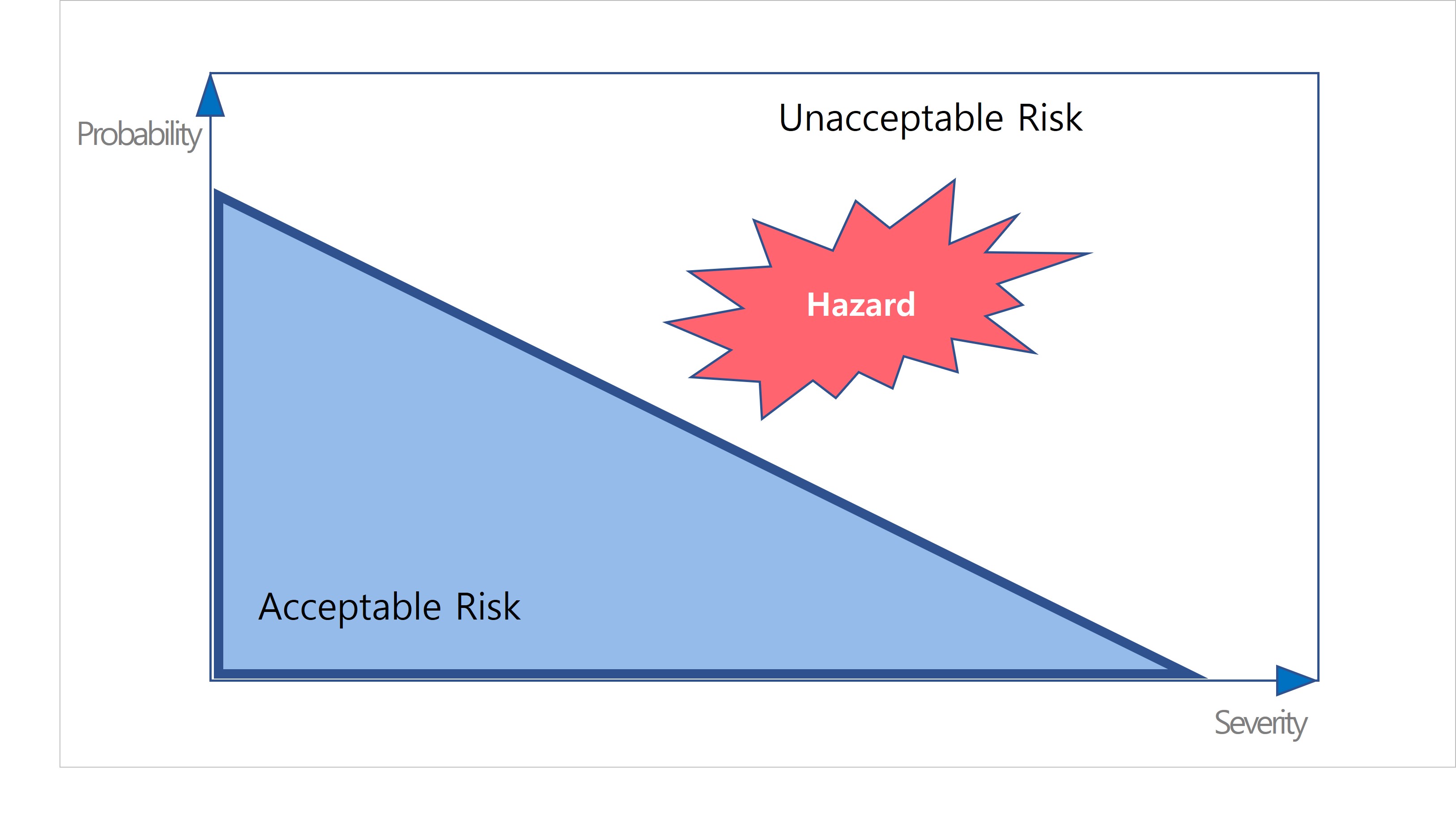Smart Quality Management Practice 3-1
The third “Smart Quality Management” training seminar was held, presided over by Jung, Hye Young from the Quality Innovation SBU. Let’s dive right into the content of this training seminar.

With the modern industry shifting from hardware to software, the issue of ensuring safety is becoming increasingly prominent. The reasons are threefold: First, one of the characteristics of software is its invisibility, which poses problems. Second, it’s impossible to prove that software is 100% error-free. Third, software defects can directly impact accidents. Hence, there’s a growing need for accident prevention and accident avoidance through software safety. For example, between 1985 and 1987, six incidents of overdose occurred in Therac-25, a radiation therapy machine developed by Canadian ACEL. This led to the creation of safety regulations for medical software, showing how directly software safety impacts us.
What is safety?
“It’s the “freedom from risk which is not tolerable,” leaving only “tolerable risk” behind. “
Source: ISO/IEC 51: Safety Aspects-Guidelines for their inclusion in standards

Risk = Potential Problem, meaning a risk that has yet to occur but could
Issue = Actual Problem, meaning a problem that has already arisen
“Tolerable risk” refers to the level of risk that is accepted in a given context based on current societal values.

To ensure safety, one must eliminate the source of risk and reduce its likelihood and severity to tolerable levels.

- Elimination of hazard sources
- Reduce to an acceptable level of risk
-Lower the likelihood of occurrence
-Reduce severity
Next, let’s examine the relationship between quality and safety.
Quality: The degree to which unique characteristics of products, services, etc., meet requirements
Safety: Freedom from intolerable risk
Reliability: The degree to which a system, product, or component performs its function under specified conditions for a specified period
Security: Freedom or resilience from potential harm from external forces
From a standards perspective, while quality encompasses safety, ensuring safety requires more technical considerations.
Types of safety include passive and active safety.
Passive safety involves measures to minimize damage after an accident occurs. For example, seat belts.
Active safety involves measures to prevent accidents from occurring. For example, warnings, automatic braking.
Functional safety is a part of active safety aimed at achieving and maintaining a safe state against specified hazardous events. There are two ways to ensure functional safety: First, by identifying safety function requirements related to risk reduction measures through hazard analysis for the system; Second, by determining safety integrity requirements related to tolerable levels of risk through a system risk assessment.
Safety Integrity is the probability that a safety-related system satisfactorily performs the required safety functions under all specified conditions within a specified period (i.e., the probability of performing safety functions without failure).
Safety Integrity Level (SIL) is a concept that categorizes the range of safety integrity values based on the system’s risk level, providing criteria for reducing risk to a tolerable level.




